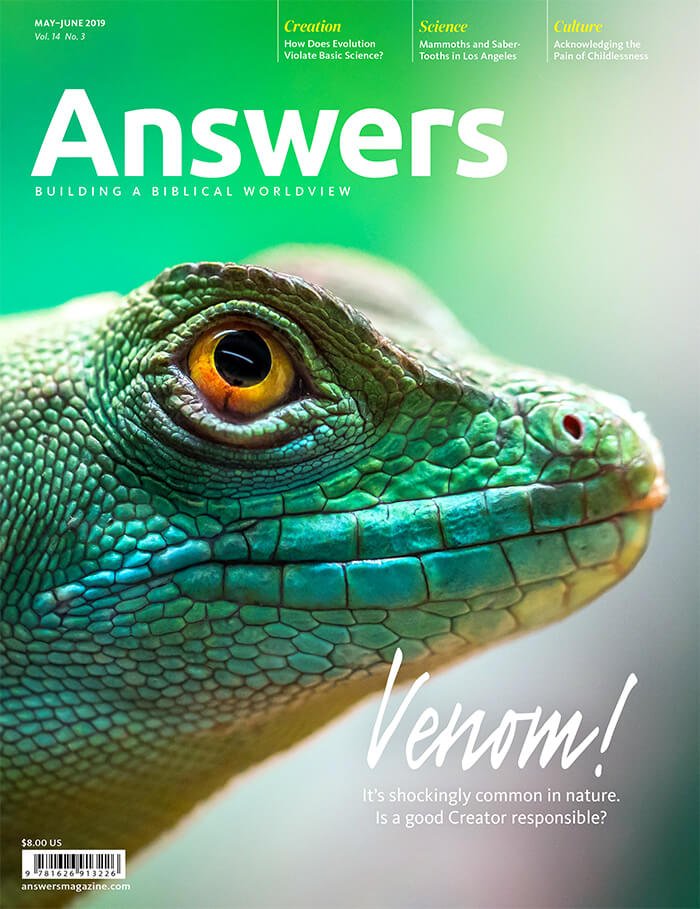The Chicken or the Egg?
For the first time, scientists made a hybrid cell by combining yeast and E. coli bacteria. Since this has never been done before, they had to go through several steps to do it. The goal is to show how evolution might have produced a cell with working internal parts that function almost independently. The theory is that one cell swallowed another cell billions of years ago, and then eventually, they began functioning as a unified cell.
But because scientists had to make each cell dysfunctional, neither could survive on its own. They succeeded by disabling the yeast’s ability to produce the fuel that cells run on, ATP. And they disabled the bacteria’s ability to produce thiamine, a vitamin essential for life. With a few other tweaks, they were able to insert the bacteria into the yeast cell and produce a symbiotic relationship. The yeast cell provides thiamine for the bacteria, and the bacterial cell produces ATP for the yeast.
The procedure was ingenious, but the dysfunctional organisms could never survive on their own until they figured out how to work together and produce offspring that could do the same. Furthermore, the probability is vanishingly small that a process invented by highly skilled scientists could have come about randomly.
Answers Magazine
May–June 2019
Venom! It’s shockingly common in nature. Is a good Creator responsible?
Browse IssueRecommended Resources

Answers in Genesis is an apologetics ministry, dedicated to helping Christians defend their faith and proclaim the good news of Jesus Christ.
- Customer Service 800.778.3390
- Available Monday–Friday | 9 AM–5 PM ET
- © 2025 Answers in Genesis




